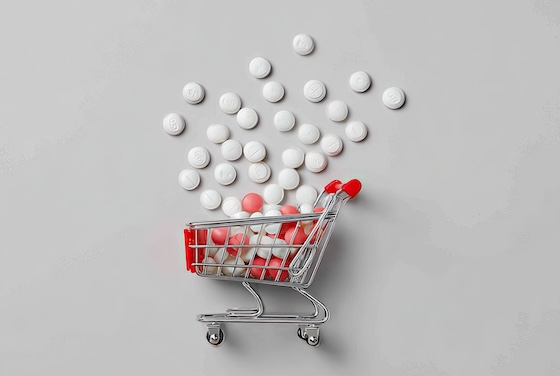ICER finds new drug launches keep getting pricier and harder to access
Top Story
By: Anna Bratulic
Ref: ICER, ICER
Published: 10/23/2025

Drug launch prices in the US continue to rise sharply, outpacing inflation, economic growth and overall healthcare costs, according to a new analysis from the Institute for Clinical and Economic Review (ICER) released Thursday.
"Launch prices are going up, patient access is going down, and in many cases, we are overpaying for treatments," said CEO Sarah Emond. "As Americans confront rising health insurance premiums and risk losing health insurance altogether, it has never been more critical to move towards a system that pays for value."
Jump of 51%
The watchdog's inaugural Launch Price and Access Report analysed 154 novel drugs approved by the FDA from 2022 to 2024 and found that median annual launch prices, adjusted for inflation, jumped 51% over that period, while list prices rose 24%.
Even after adjusting for the types of drugs launched each year, ICER said net prices rose 33% annually — a trend that held even when researchers controlled for the mix of medicines entering the market, ruling out the possibility that spikes were simply due to more gene therapies or innovative treatments winning approvals.
Further, of the 23 drugs previously reviewed by ICER, 16 were priced above the watchdog's upper-bound Health Benefit Price Benchmark — a value-based range that ICER considers a fair reflection of a medince's lifetime health benefits at the time of approval.
Some of the largest gaps were found for Merck & Co.'s pulmonary hypertension therapy Winrevair (sotatercept), which would have needed discounts of up to 91% to meet value thresholds, followed by Bridgebio's heart drug Attruby (acoramidis), Bristol Myers Squibb's cardiomyopathy medicine Camzyos (mavacamten), and the amyotrophic lateral sclerosis drug Relyvrio (sodium phenylbutyrate and taurursodiol), which was ultimately withdrawn by Amylyx Pharmaceuticals after it failed a confirmatory study.
In total, pricing discrepancies for those 16 drugs led to between $1.3 billion and $1.5 billion in first-year excess spending, according to the report.
Coverage gaps
Further, the report identified major gaps in coverage and delayed insurance access for new therapies. Among drugs approved in 2024, ICER found that most lacked public coverage policies even a year after approval. Prescription data showed that over half of new-to-brand prescriptions were rejected, and only 29% were ultimately filled. Non-coverage was the most common reason for rejection, often as a result of a "new-to-market block" on insurance coverage.
"Although, in principle, these blocks can be justified to allow an insurer adequate time to review the clinical evidence, the lack of timely coverage policies could limit or delay access… Thus, we emphasise the need for early evidence evaluation by payers and the importance of early data sharing by drugmakers to enhance patient access," ICER said.
Zepbound singled out
Meanwhile, given the popularity of GLP-1 treatments, the analysis also singled out Eli Lilly's blockbuster obesity treatment Zepbound (tirzepatide) as a special case, saying it "raises questions about how best to structure coverage to maintain access and affordability for high-value drugs such as GLP-1s, which have a large eligible population."
Despite GLP-1s being deemed cost-effective by ICER at current prices, Thursday's report found that only 34% of new Zepbound prescriptions were filled in early 2025, while 62% were rejected, primarily due to coverage restrictions and prior authorisation/step therapy barriers. ICER noted that the results are likely representative of Novo Nordisk's weight-loss drug Wegovy (semaglutide) as well.